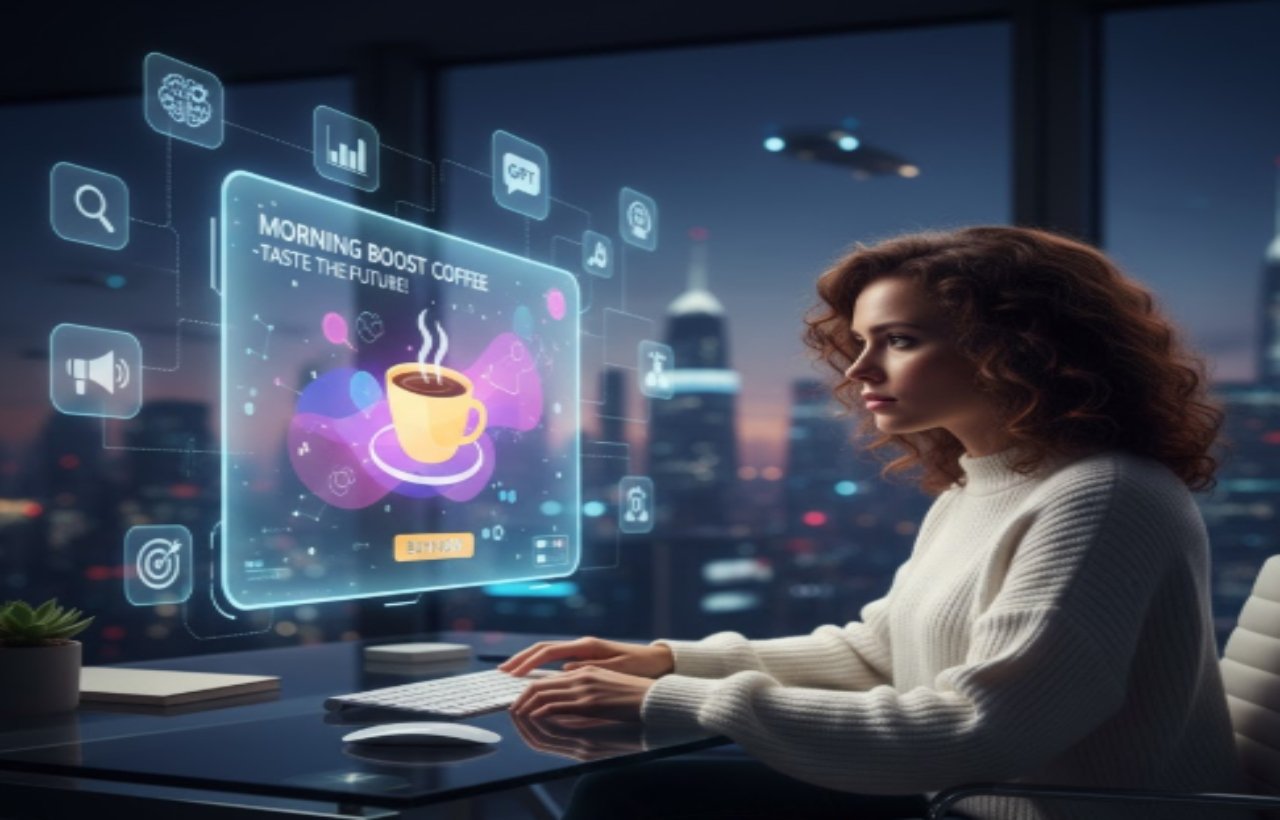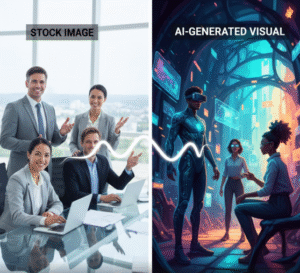Introduction
Every marketer knows the pain, you’ve got a killer idea for a campaign, but turning it into a polished video ad feels like climbing a mountain barefoot. Between scripting, shooting, and editing, your creative spark can fade before the ad even hits the feed.
But guess what? That grind is officially over.
With the best AI ad generators, turning raw ideas into scroll-stopping video ads is now faster, easier, and far more affordable than traditional production. Whether you’re running social campaigns, testing product creatives, or scaling your content pipeline, these tools are rewriting how marketers create.
Let’s dive into how you can turn your next idea into a high-converting video ad in record time with no studio, no camera crew, no burnout required.
Traditional Video Ad Production vs. AI-Powered Creation
Let’s face it, the old-school way of creating video ads is a slow burn. Scripting, storyboarding, shooting, editing, and post-production can take weeks. It also often requires a dedicated team, expensive software, and specialized skills.
Now enter AI. Today’s best AI video generators are flipping the script. These tools can handle everything from generating ad copy to editing and voiceovers and even platform-specific optimizations. The result? Professional-quality video ads, created with just a few prompts.
1. Start With Your Idea and Generate a Script
You don’t need to write from scratch. Tools like ChatGPT, Jasper, or Copy.ai can turn a product feature, slogan, or even a bullet list into a full ad script. Just enter your idea, choose your tone (fun, serious, emotional, etc.), and let the AI handle the writing.
2. Use AI to Create Visuals for the Ad

If you don’t have product shots or a designer on hand, AI has your back. Tools like DALL·E and Canva’s Magic Media can generate images based on your prompts. Need an abstract background or a lifestyle scene? Just describe it, and the image shows up in seconds.
3. Choose the Best AI Video Generator for the Job
This is where tools like Pictory, Lumen5, or InVideo shine. They take your script and visuals and turn them into a finished video. Some tools even come with built-in voiceovers, animations, transitions, and platform-specific formats, perfect for social ads.
Look for:
- Easy drag-and-drop editors
- Pre-made ad templates
- Voiceover and music support
- Export options for Instagram, YouTube, and more
4. Add Voice and Music With AI
Hiring a voice actor is no longer necessary. Tools like Descript, ElevenLabs, or Murf.ai can generate realistic voiceovers in multiple tones and languages. Pair that with AI-generated background music from tools like Soundraw or Beatoven.ai, and your video ad is ready to go.
5. Optimize for Each Platform Automatically
AI doesn’t just help you make the ad, it helps you distribute it. Many AI video generators can resize, crop, subtitle, and even recommend the best publishing time for platforms like TikTok, Instagram Reels, or YouTube Shorts.
Why Use AI for Video Ads?
- Faster Turnaround: Go from concept to ad in under 30 minutes.
- Lower Costs: No need for a full production team or studio equipment.
- Scalable: Produce multiple versions of your ad for A/B testing or localization.
- Data-Driven: Many tools offer performance analytics to help you optimize future ad creatives.
Conclusion
Creating compelling video ads doesn’t have to be overwhelming or time-consuming anymore. With the Video ads, marketers can turn raw ideas into engaging ad creatives with unprecedented speed and efficiency. Whether you’re launching a product, promoting a sale, or simply boosting brand awareness, AI tools make it easier to create video ads that convert and look great while doing it.
So, if you’ve got ideas waiting to come to life, now’s the time to turn them into high-impact video ads using AI.

